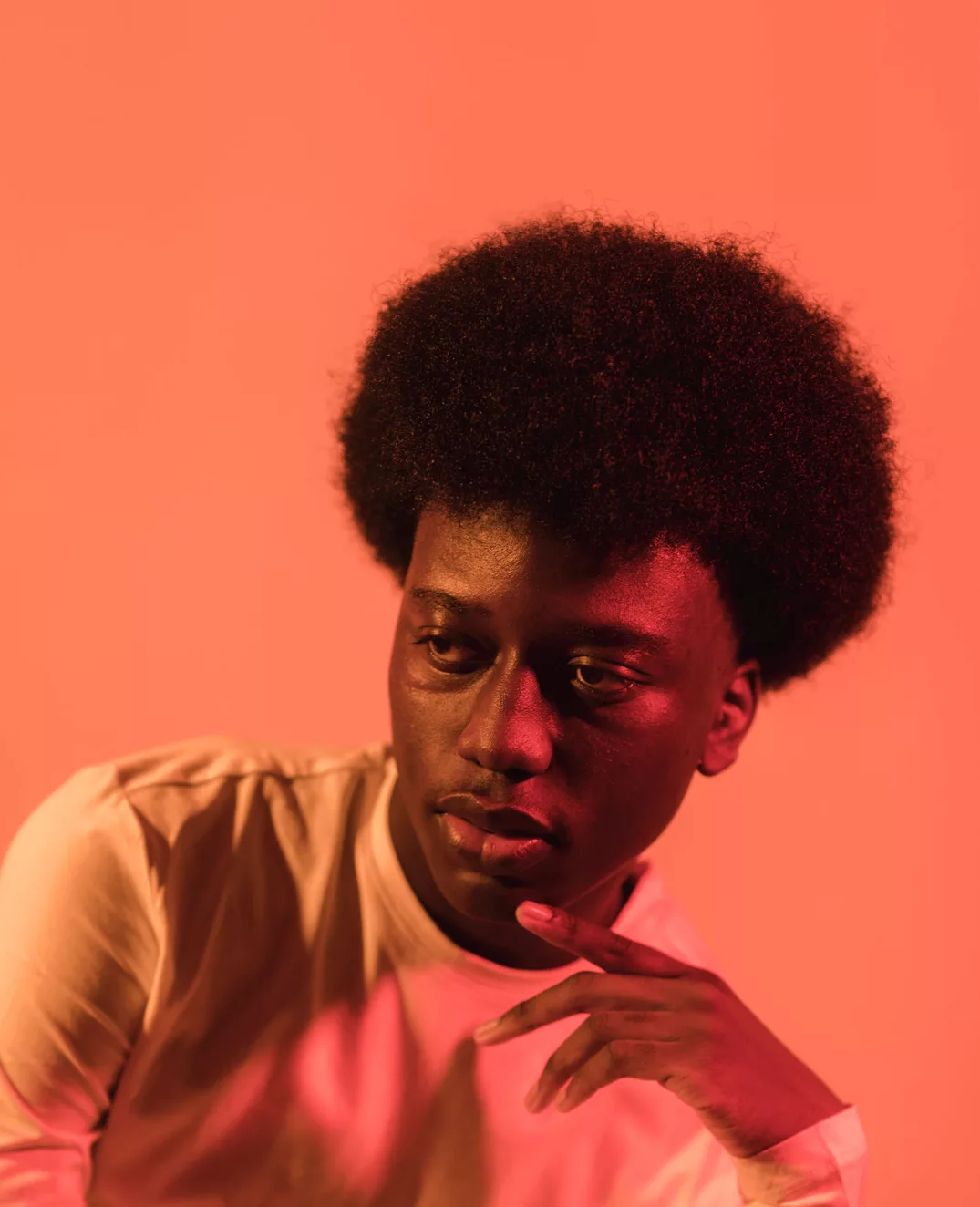Yoga Nidra translates to “yogic sleep.” It is a type of meditation typically practiced in a supine position, although any posture is acceptable. Yoga Nidra follows a specific sequence through the layers of awareness and often results in delta brainwave sleep for a short time, even as practitioners gradually learn to remain alert throughout (Parker, 2017; Miller, 2011).
Radical Welcoming vs. Mindful Relaxation
Unlike many mindfulness or relaxation practices, Yoga Nidra emphasizes radical welcoming. Instead of trying to relax or change the breath or body, the invitation is to welcome sensations and experiences exactly as they are—even discomfort. This practice cultivates tolerance for ambiguity, a key trait among the world’s most creative individuals (Andreasen, 2005).
Why does this matter? When the practitioner stops trying to “do” relaxation and instead lets relaxation arise naturally, there is a profound shift in identity. The “doer” dissolves, and a larger, more expansive awareness begins to take shape. This is part of why Yoga Nidra is so effective for individuals with PTSD. As Richard Miller taught during my training in 2009, the container of self becomes larger, more resourced, and able to welcome trauma without becoming consumed by it.


Creativity and Openness
It’s well known that creative breakthroughs often happen in moments of openness and non-doing—like in the shower, on a walk, or during daydreaming. In these moments, we forget ourselves, and insight slips in. Yoga Nidra formalizes this spaciousness. It shifts the inner posture from striving to receiving.
This supports creativity in the same way that systems theorists describe creativity: as participatory, emergent, and collective (Csikszentmihalyi, 1996; Gaztambide-Fernandez, 2013; Clapp & Hanson, 2019). No idea arises in isolation. The more we welcome the unexpected, the more likely creative connections become (Root-Bernstein & Root-Bernstein, 1999).
The Science of Imagination and Theta Brainwaves
Scientifically, the Yoga Nidra state is significant. During the practice, the brain moves into theta waves—the same waves associated with dreaming. Neuroscience links theta activity with imagination, spatial memory, mental simulation, and creative problem-solving (Hsieh & Ranganath, 2014; Buzsaki & Moser, 2013; Byrne et al., 2007; Kaplan et al., 2017).
Yoga Nidra researchers agree: this state allows for deeper access to inner truths and visioning capacities. Theta waves provide a space where past, present, and future blend—enabling insight, healing, and synthesis (Parker, 2017). This supports both trauma integration and creative ideation.
Workshop Application
In CMS workshops, we incorporate Yoga Nidra to help participants prepare their inner container to receive unexpected insights. This practice helps open the perceptual field for creative problem-solving and enhances presence.
Beyond workshops, this tradition dates back thousands of years. Its therapeutic use is well-documented in work with PTSD and in deepening everyday presence. I first trained with Richard Miller in 2009, who has researched the practice extensively through the iRest Institute, particularly with veterans, abuse survivors, and unhoused populations. I later continued my study with senior teacher Joan Ruvinsky until her passing in 2016.
References
Andreasen, N. (2005). The creating brain: The neuroscience of genius. London: Penguin Group.
Buzaki, G., & Moser, E.I. (2013). Memory, navigation and theta rhythm in the hippocampal-entorhinal system. Nature Neuroscience, 16, 130-138.
Byrne, P., Becker, S., & Burgess, N. (2007). Remembering the past and imagining the future: A neural model of spatial memory and imagery. Psychological Review, 114, 340-375.
Clapp, E.P. & Hanson, M.H. (2019). Participatory creativity: Supporting dynamic roles and perspectives in the classroom. In R. Beghetto & G. Corazza (Eds.), Dynamic perspectives on creativity (pp. 27-46). Cham: Springer International Publishing.
Csikszentmihalyi, M. (1996). Creativity: The psychology of discovery and invention. New York: HarperCollins Publishers.
Gaztambide-Fernandez, R.A. (2013). Why the arts don’t do anything: Toward a new vision for cultural production in education. Harvard Educational Review, 83(1).
Hsieh, L.T., & Ranganath, C. (2014). Frontal midline theta oscillations during working memory maintenance and episodic encoding and retrieval. Neuroimage, 85, 721-729.
Kaplan, R., Bush, D., Bisby, J.A., Horner, A.J., Meyer, S.S., & Burgess, N. (2017). Medial prefrontal—Medial temporal theta phase coupling in dynamic spatial imagery. Journal of Cognitive Neuroscience, 29(3), 507-519.
Miller, R. (2011). Explore the 10 steps of yoga nidra. Yoga Journal, 242, 86.
Moszeik, E.N., von Oertzen, T., Renner, K.H. (2022). Effectiveness of a short Yoga Nidra meditation on stress, sleep, and well-being in a large and diverse sample. Current Psychology, 41(8), 5272-5286.
Parker, S. (2017). Yoga nidra: An opportunity for collaboration to extend the science of sleep states. Sleep Vigilance, 1, 57-63.
Root-Bernstein, M. & Root-Bernstein, R. (1999). Sparks of genius: The thirteen thinking tools of the world’s most creative people. New York: Houghton Mifflin Harcourt Publishing Company.
Learn more:
- Richard Miller’s work: www.irest.org
- Joan Ruvinsky’s legacy: www.pathlessyoga.com
© 2025 Andrea Merello. All rights reserved. Please do not reproduce this content without permission.



